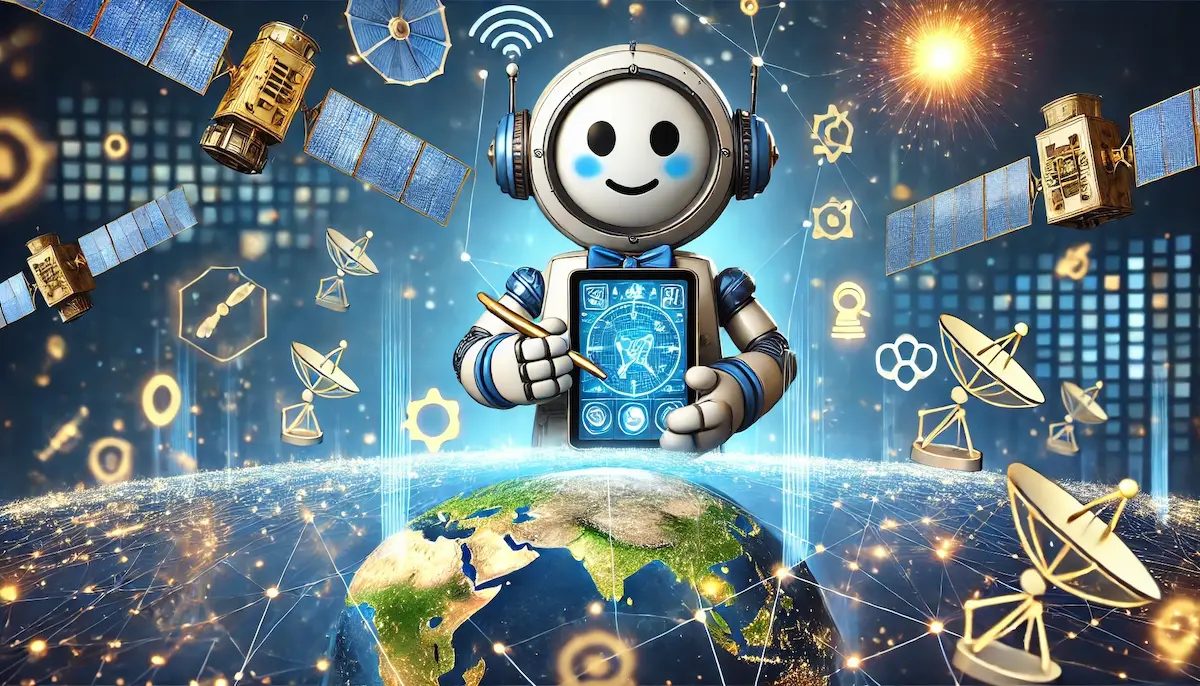Remote sensing is a powerful technology that enables the observation and analysis of the Earth’s surface without physical contact. By utilizing various sensors and platforms, remote sensing captures data about the Earth’s environment, providing valuable insights for a wide range of applications, from environmental monitoring and agriculture to urban planning and disaster management.
What is Remote Sensing?
Remote sensing involves the acquisition of information about an object or area from a distance, typically using satellite or aerial sensors. These sensors detect and measure electromagnetic radiation reflected or emitted from the Earth’s surface, which is then processed and analyzed to extract meaningful information. Remote sensing can capture data in various spectral bands, including visible, infrared, and microwave, allowing for comprehensive analysis of the Earth’s surface and atmosphere.
Key Components of Remote Sensing
Remote sensing systems consist of several key components and processes:
- Sensors: Devices that detect and measure electromagnetic radiation. They can be passive (detecting natural radiation) or active (emitting their own signal and measuring the reflection).
- Platforms: Vehicles or structures that carry sensors, such as satellites, aircraft, drones, and ground-based platforms.
- Data Acquisition: The process of capturing data from sensors. This includes scanning the Earth’s surface and recording the reflected or emitted radiation.
- Data Processing: Transforming raw sensor data into usable information through techniques such as radiometric and geometric correction, image enhancement, and classification.
- Data Analysis: Interpreting processed data to extract meaningful information, identify patterns, and make informed decisions.
Benefits of Remote Sensing
Implementing remote sensing technology offers numerous advantages:
- Large-Scale Monitoring: Enables the observation of vast areas, providing comprehensive data on regional, national, and global scales.
- Accessibility: Allows for the monitoring of remote and inaccessible areas, making it possible to gather data from locations that are difficult to reach.
- Real-Time Data: Provides timely information, which is crucial for applications such as disaster management, weather forecasting, and environmental monitoring.
- Multi-Spectral Analysis: Captures data across various spectral bands, allowing for detailed analysis of different features and phenomena.
- Cost-Effective: Reduces the need for ground-based surveys and manual data collection, lowering operational costs.
Use Cases for Remote Sensing
Remote sensing can be applied across various industries and scenarios:
- Environmental Monitoring: Tracking changes in land use, deforestation, desertification, and monitoring natural resources such as water bodies and forests.
- Agriculture: Assessing crop health, estimating yields, monitoring soil moisture, and managing irrigation.
- Urban Planning: Analyzing urban growth, land use patterns, and infrastructure development.
- Disaster Management: Monitoring natural disasters such as hurricanes, floods, and wildfires, and assessing damage for response and recovery efforts.
- Climate Change: Observing and analyzing climate variables, such as temperature, precipitation, and ice cover, to understand and predict climate change impacts.
- Mining and Geology: Mapping mineral resources, monitoring mining activities, and studying geological formations.
Implementing Remote Sensing
To successfully implement remote sensing, organizations should consider the following steps:
- Define Objectives: Clearly outline the goals and use cases for remote sensing, such as environmental monitoring or agricultural management.
- Select Appropriate Sensors and Platforms: Choose sensors and platforms that meet the specific requirements of the application, such as spatial resolution, spectral range, and temporal frequency.
- Acquire and Process Data: Collect data using the selected sensors and platforms, and apply necessary processing techniques to transform raw data into usable information.
- Analyze and Interpret Data: Use analytical tools and techniques to interpret the processed data and extract meaningful insights.
- Integrate with Other Data Sources: Combine remote sensing data with other data sources, such as ground-based observations and historical records, to enhance analysis and decision-making.
- Monitor and Update: Continuously monitor the system to ensure accuracy and relevance, and update the sensors and platforms as needed to maintain optimal performance.
Conclusion
Remote sensing is a transformative technology that enables the comprehensive observation and analysis of the Earth’s surface, providing valuable insights for various applications. By leveraging advanced sensors and platforms, remote sensing captures detailed data that can be used for environmental monitoring, agriculture, urban planning, disaster management, and more.
Blockfine thanks you for reading and hopes you found this article helpful.
